Note: This circuit appears to suffer from a problem where power is fed into the input pin leading to false conclusions about its performance.
I had some trouble getting YoElMiCrO's circuit to work for me as described. Initially I had thought I got it working, but it turns out I had made a mistake in my circuitry and ended up discovering a whole new oddity which may or may not get described in a future post.
So why didn't YoElMiCrO's circuit work for me when it works for Chris and possibly others? I have no idea, maybe my core is too picky or my windings too shabby, or whatever. However, I was not discouraged. I devised some changes which I think make it easier to work with. I've named it the Easy BCFT (Bucking Coils in a Forward Topology). For me these changes took a 99% efficient magnetic resonance setup (which is easy to get) and kicked up a notch.
The circuit has two enhancements, first it uses an efficient IXDF604PI gate driver (or you can just use two separate efficient gate drivers one inverting and one non-inverting) or any other method that achieves the same outcome. The second enhancement is that the single mosfet has been replaced with two IGBTs that do not have anti-parallel diodes. This did fix some of the issues I was having and I was able to get a little bit power out of it (signs of life), but reverting back to the 1 to 3 ratio with more turns did work better than the original ratio at lower turns for me.
Easy BCFT - 02/05/19:
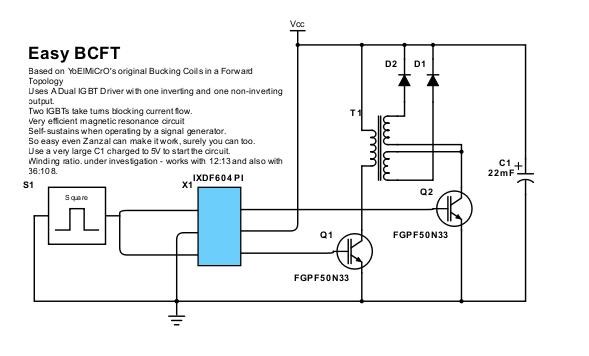
Duty cycle will likely be very low with on-times around 2-7uS and a wide range of frequencies that will result in successful operation. No special core gapping was needed.
Powered only by the signal generator charging the tiny capacitors in the gate driver to 5V 65k times per second the circuit self-charges a 22mF capacitor to 8.1V (YMMV) and powers a small load of 3 series ultrabright LEDs. Sorry no specifics, yes its AU (Edited to clarify this was a false conclusion), no further numbers will be forthcoming, this is eternal lantern level stuff for those who are looking for kW. If you are successful in replicating feel free to share your opinion or results if you wish. Proven enhancements always welcome here, or better yet, create a thread to show off your improvements. Enjoy.












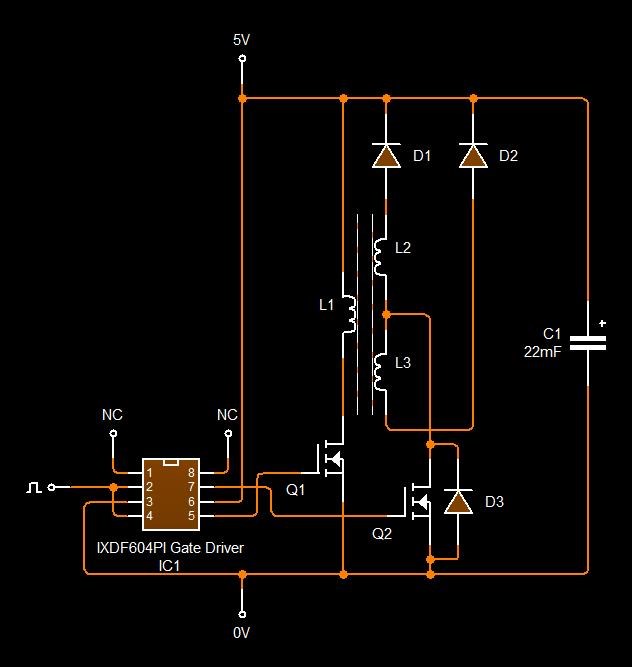
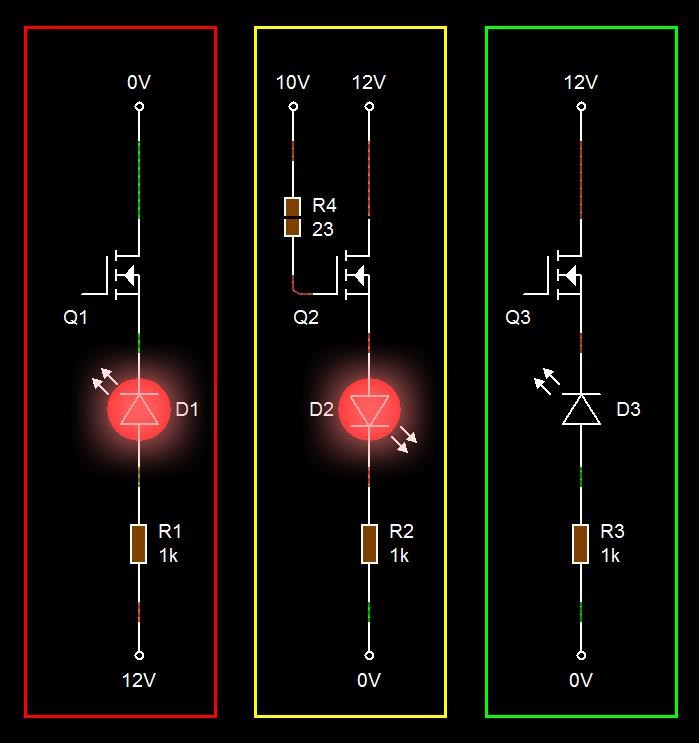
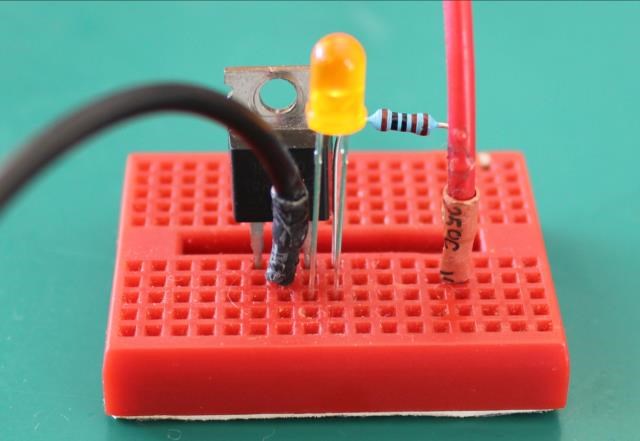
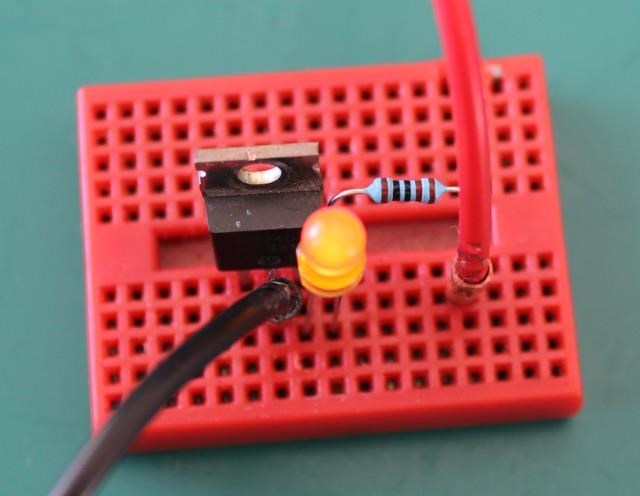
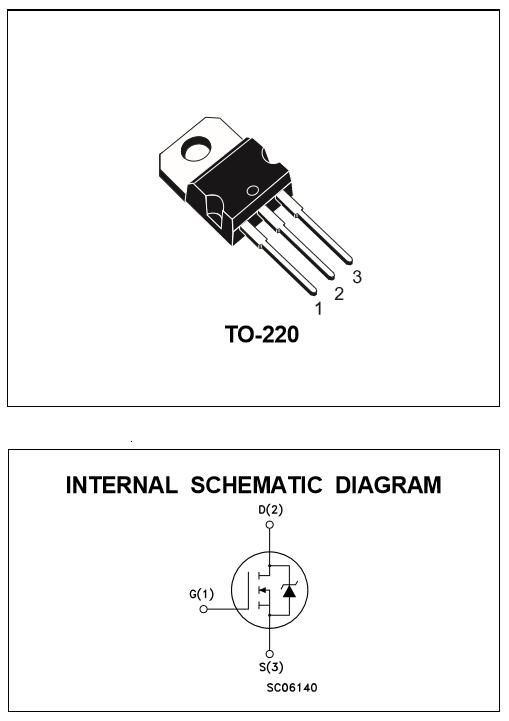





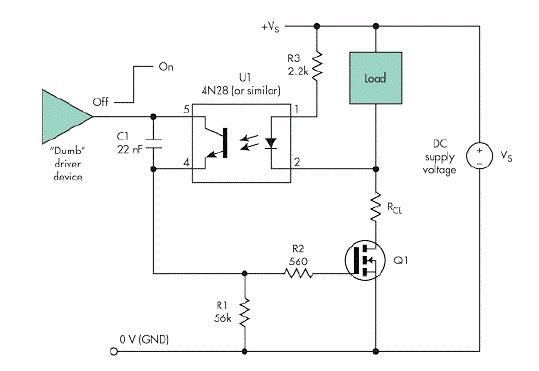
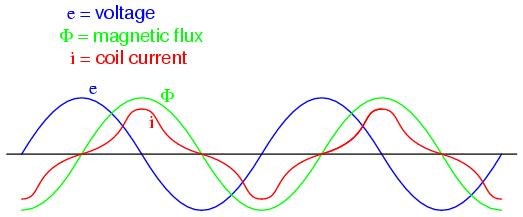
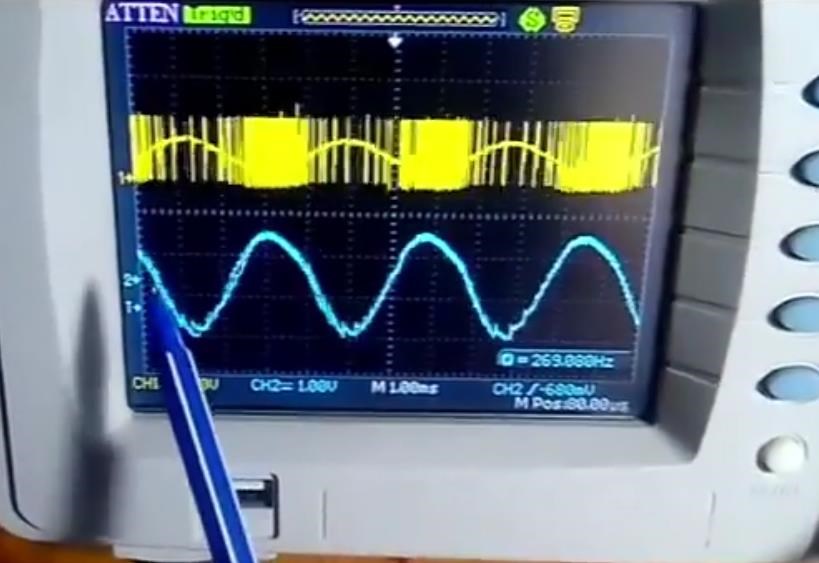
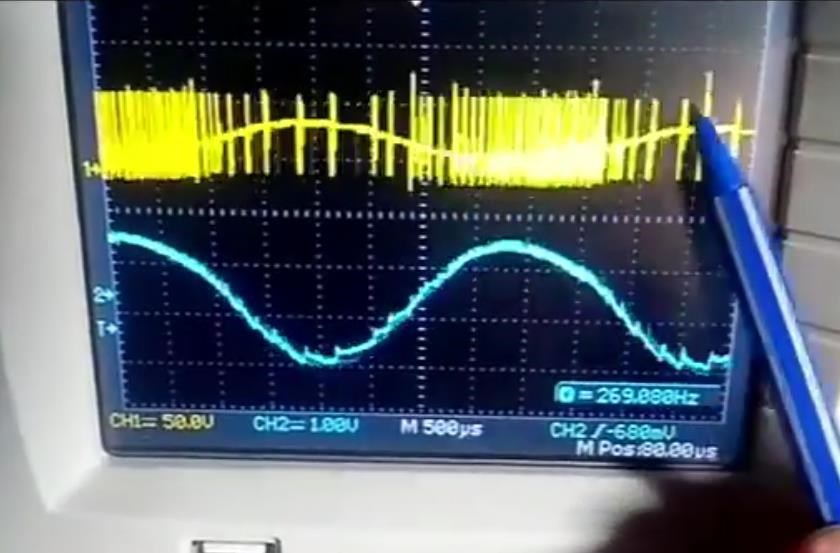
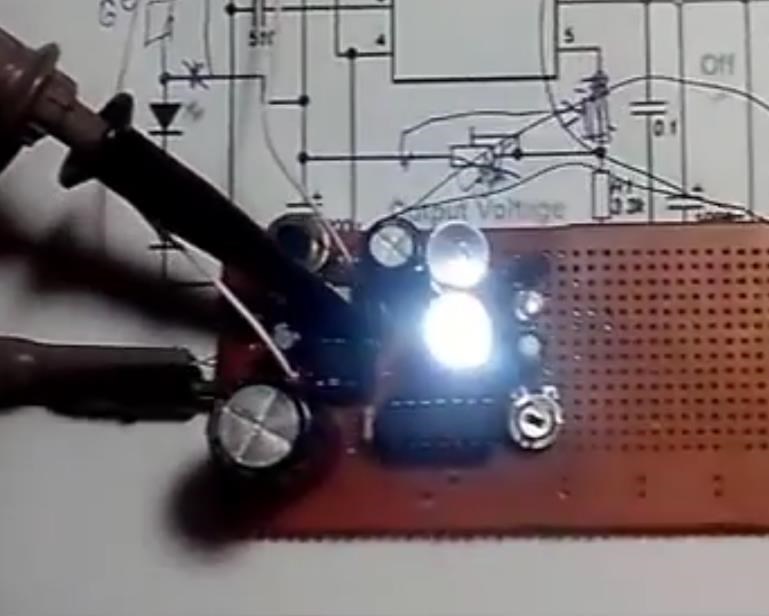
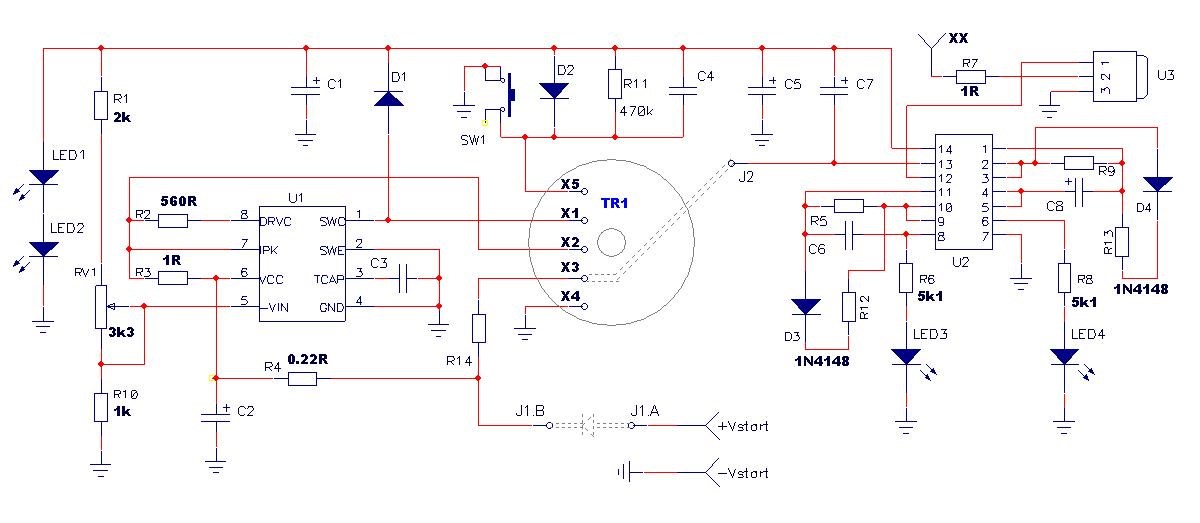
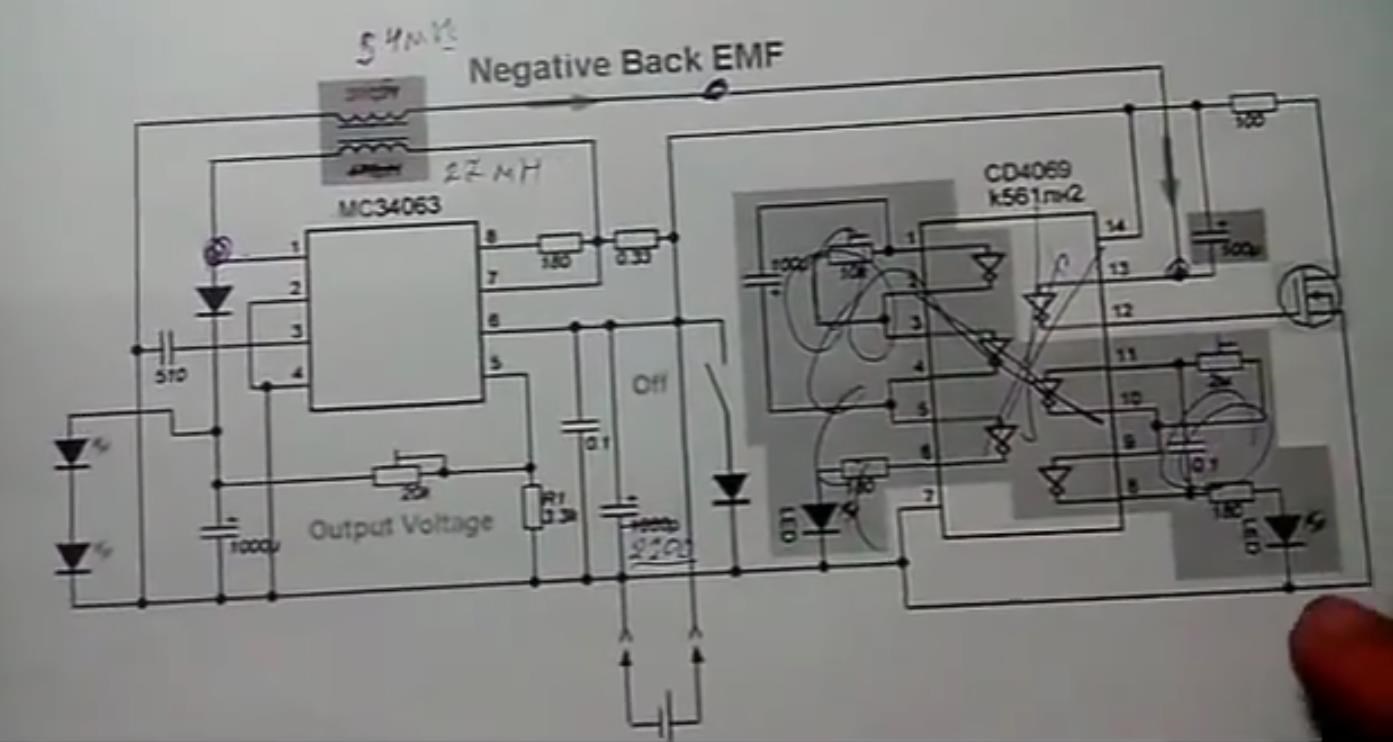
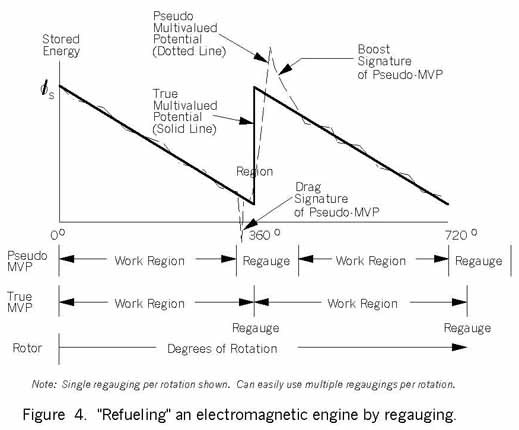
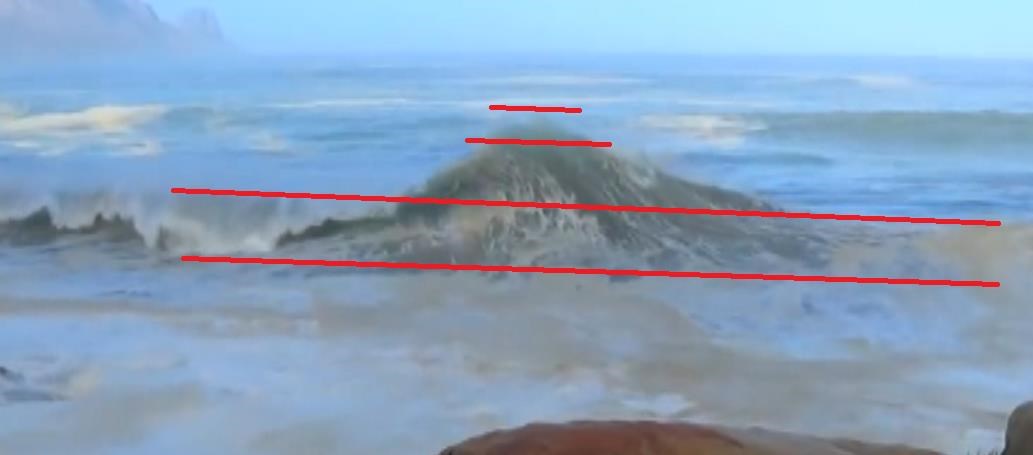


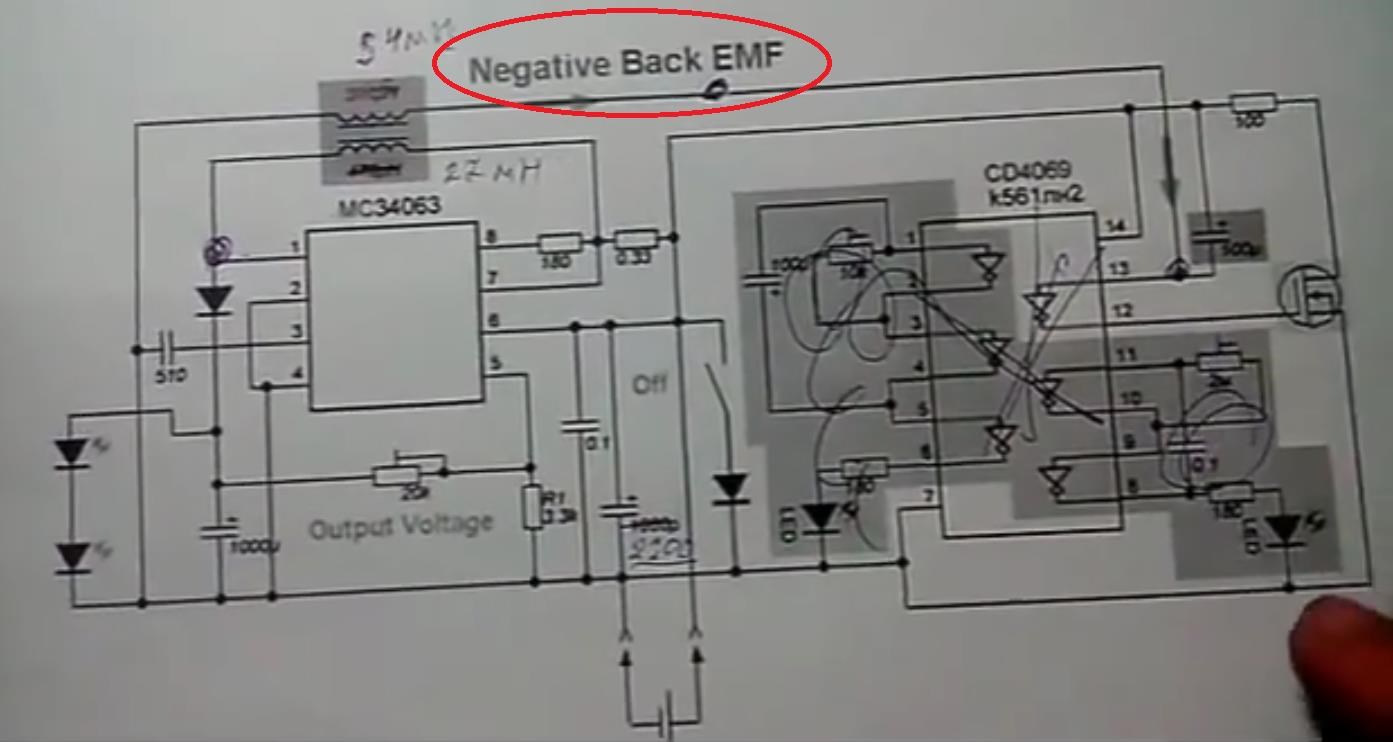

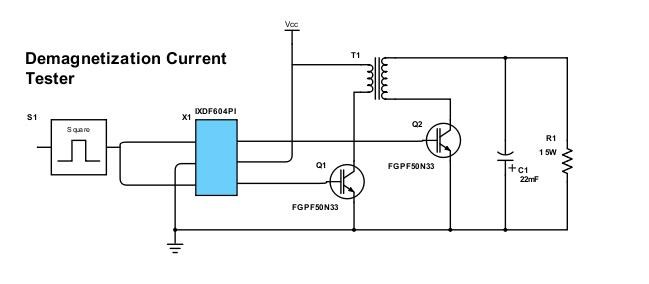
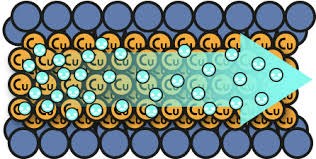
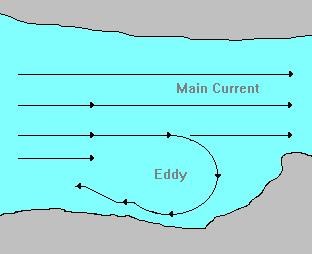
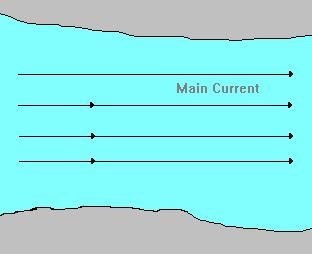

.jpg?width=690&upscale=false)
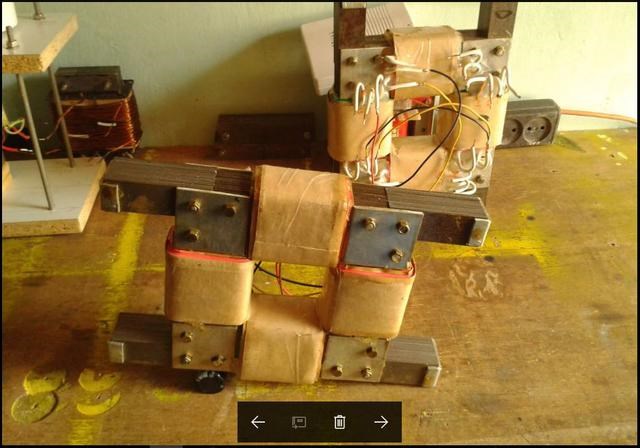
.jpg?width=690&upscale=false)





